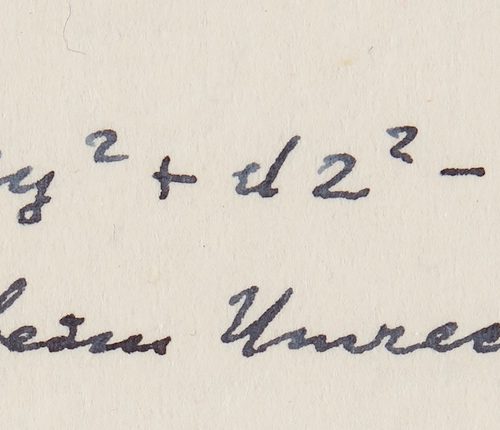The ongoing race to create the next generation of hyperaccurate clocks has achieved yet another major milestone. On July 14, the National Institute of Standards and Technology (NIST) announced their new and improved optical atomic clock is now the most accurate in the world. Capable of maintaining accurate timekeeping down to 19 decimal places, the breakthrough represents a 41 percent improvement over the previous record, while also remaining 2.6 times more stable than similar ion clocks. The key to its ultra-precise measurement? A very “shy” aluminum ion, according to the NIST.
What are optical atomic clocks?
Optical atomic clocks are fairly complicated devices. Broadly speaking, they are designed to track the vibrations of individual ions–atoms with net electrical charges from gaining or losing electrons. To track the ions’ vibrations, atoms are cooled to near absolute zero (−459.67 degrees Fahrenheit), then measured using lasers that count their vibrations. A specific number of vibrations known as a frequency ratio serves as the benchmark for a single second. For decades, experts turned to cesium atomic clocks as the most precise time keepers, but technological advances are helping usher in a new timekeeping device reliant on more stable aluminum ions.
However, aluminum is tricky. The element is difficult to measure with lasers, as well as cool to absolute zero. But when paired with more controllable magnesium atoms, NIST researchers found that they could harness aluminum’s strengths while mitigating its weaknesses.
“This ‘buddy system’ for ions is called quantum logic spectroscopy,” study co-author Willa Arthur-Dworschack explained in an accompanying statement.

The ion buddy system
It wasn’t as simple as finding the best buddy for aluminum. There were other issues to consider, such as redesigning the trap keeping the ions in place. Without the trap, miniscule movements known as excess micromotions would degrade the clock’s accuracy. The machine’s previous iteration gave off unwanted electrical imbalances that disturbed the ions. According to the team, the solution came in the form of a new trap schematic with a thicker diamond wafer and modified gold-coated electrodes.
Other changes included an improved vacuum chamber system, as well as installing a far more stable measuring laser. Ultimately, the more-than-2-mile-long laser beam allowed researchers to measure ion vibrations for a full second, versus the previous 150 millisecond record. This reduced the time needed to measure to the 19th decimal place—shortening the time to measure to the 19th decimal from three weeks down to just a day-and-a-half.
This quest to recalibrate the second isn’t just for accuracy’s sake. Measuring time that much more precisely could lead to new scientific and technological breakthroughs, as well as help researchers tackle some of the biggest questions in quantum physics and computing. For NIST researcher and study first author Mason Marshall, the latest accomplishments offer an exciting opportunity.
“We get to carry out these long-term plans in precision measurement that can push the field of physics and our understanding of the world around us,” he said.






